Wood has been one of the most versatile materials used in interior design for centuries. Its timeless appeal, combined with its natural warmth, makes it a key element in creating comfortable and sophisticated spaces. Whether designing a modern or classic home, wood offers limitless options that cater to various tastes and functional needs.
In this article, we will explore the importance of wood in interior design, its advantages, types, and how it can be used to achieve a balance between aesthetics and functionality.
The Importance of Wood in Interior Design
- Adding Warmth and Elegance:
Wood brings a sense of natural warmth to interiors, whether used in flooring, walls, or furniture. It can also add a touch of luxury when used creatively. - A Sustainable Material:
As an environmentally friendly material, wood can be recycled and reused, making it a sustainable choice that aligns with eco-conscious design practices. - Versatility in Application:
Wood is used in various design elements such as furniture, doors, windows, flooring, and ceilings. It can also be combined with other materials like glass and metal to create unique designs.
Advantages of Using Wood in Interior Design
- Flexibility and Variety: Wood comes in a wide range of types and colors, suitable for diverse design styles.
- Durability: When properly maintained, wood is a long-lasting material.
- Improved Indoor Air Quality: Wood minimizes dust and pollutant accumulation, making it a healthier choice.
- Adaptability: It works well with both modern and classic design aesthetics.
Types of Wood and Their Uses in Interior Design
- Hardwoods:
Hardwoods like oak and walnut are commonly used for flooring and furniture due to their durability and natural beauty. - Softwoods:
Softwoods such as pine are used for doors and frames because of their ease of shaping and affordability. - Engineered Woods:
Products like MDF and plywood are economical options frequently used in modern furniture designs.
Applications of Wood in Interior Design
- Wooden Flooring:
Wooden flooring is a popular choice that adds natural warmth and beauty to interiors. Options like parquet flooring are versatile and fit both modern and classic styles. - Wooden Walls:
Wall panels made from wood create a luxurious and warm ambiance in both residential and commercial spaces. - Wooden Ceilings:
Wooden ceilings provide a unique and elegant look, especially when paired with integrated lighting. - Wooden Furniture:
Furniture made from wood is a long-term investment due to its durability and diverse design options, including tables, cabinets, and beds. - Wooden Accessories:
Accessories such as picture frames and shelves add subtle touches of beauty that enhance the overall ambiance of a space.
Combining Wood with Other Materials
- Wood and Glass:
This combination creates a contemporary and elegant look, especially in tables and windows. - Wood and Metal:
Metal adds an industrial touch to wooden elements, enhancing their beauty. This pairing is often used in chairs, tables, and doors. - Wood and Stone:
This mix creates a balance between nature and luxury and is often applied in kitchens and bathrooms.
How to Maintain Wood in Interior Design
- Regular Cleaning: Wipe wooden surfaces with a soft cloth to maintain their appearance.
- Use Protective Products: Apply wood polish to protect it from moisture and scratches.
- Ensure Proper Ventilation: Avoid exposing wood to high humidity to preserve its durability.
Wood in Modern and Classic Interior Design
- Classic Design:
Dark woods such as mahogany and oak are ideal for classic designs, evoking a sense of luxury and sophistication. - Modern Design:
Light woods like pine, with simple and clean lines, highlight elegance and functionality in contemporary spaces.
The Future of Wood in Interior Design
Modern innovations are pushing the boundaries of how wood can be used in design, including:
- Technologically Treated Woods: Enhancing durability and resistance to moisture.
- 3D Designs: Shaping wood into intricate and innovative forms.
- Recycled Woods: Promoting sustainability and environmental consciousness.
Wood is more than just a building material; it is an artistic element that breathes life and warmth into interior spaces. Thanks to its diversity, natural beauty, and adaptability, wood remains an ideal choice for those seeking a blend of elegance and functionality. From flooring to furniture and accessories, wood can transform any space into a welcoming and attractive environment.
With proper care and thoughtful design, wood will continue to be at the forefront of interior design materials for decades to come.

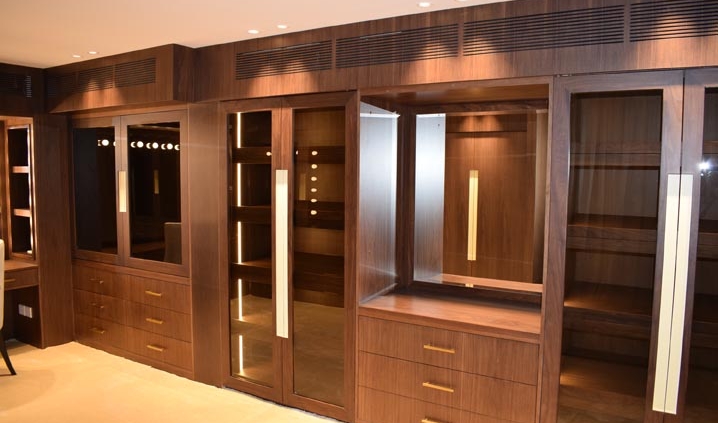
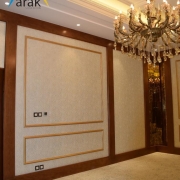
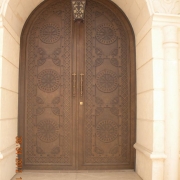
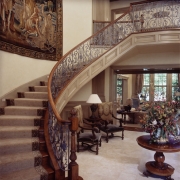
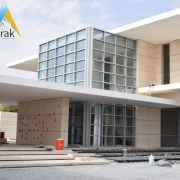

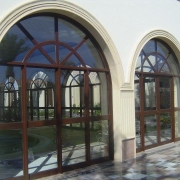
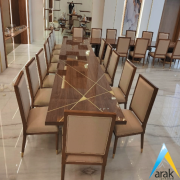
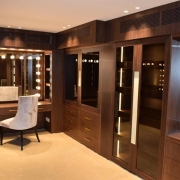


Leave a Reply
Want to join the discussion?Feel free to contribute!